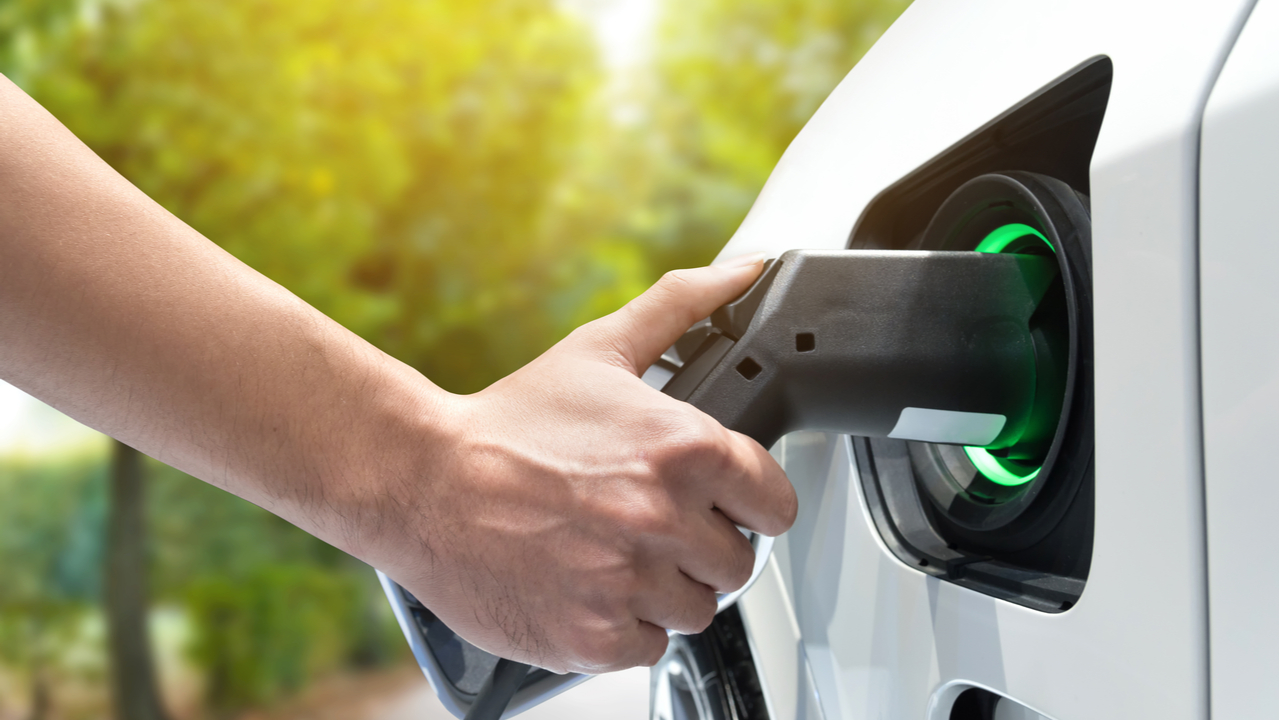Electric vehicles (EVs) are quickly changing the way we travel, providing a cleaner and more environmentally sustainable alternative to gasoline-powered cars. But for those who are considering making the switch, one issue is how will charging stations that are EV-powered work? Be assured, future electric vehicle drivers! This article will guide you through the fundamental components of the EV Infrastructure so that you are able to navigate the new and exciting world.

The fundamental concept is: Providing power and replenishing energy
The EV charging station functions using a basic, but misleading principle: They act as an intermediary between the electric grid and your vehicle’s battery. Imagine them as pumps for electrons that replenishes the energy reserves that power your electric vehicle. It’s easy to park your vehicle near an outlet for charging. Connect the charging cable using an adapter plug and voila! The flow of electricity starts.
Plugging in: Compatibility Charging Speeds
While the general concept remains the same for all EV charging stations, there are variations in plug types and charging speeds. The various plug types at the charging stations of EVs are similar to those at gasoline stations. They differ based on the type of vehicle and the charging standards. Understanding the differences is essential to a seamless charging experience.
Tesla Superchargers A System of Speed
For Tesla owners, a specially designed network of strategically-located Tesla Superchargers is a big advantage. The fast-charging stations have been designed specifically for Tesla automobiles and feature impressive charging speeds, allowing owners to substantially recharge their batteries in a short period of time compared to traditional charging stations. This means fewer charging stations, less waiting time and greater convenience for long distance trips in the Tesla.
Discovering alternative charging options
The EV charging landscape extends beyond Tesla Superchargers. There are a variety of charging stations for public use are in place and operated by various companies and compatible with a greater variety of EV models. These stations typically have different charging rates, from Level 2 which offers quicker charging times than an outlet at home, up to DC Fast Chargers. They offer charging times that are equivalent to the times for gas station refills.
Range anxiety: Plan your Charge!
The anxiety of running out prior to reaching the charging station is one of the primary concerns for prospective EV buyers. This concern has decreased with the increase in charging stations, and increased the range of modern EVs. EVs can travel hundreds of miles on one battery charge. Apps for planning routes aid in finding charging stations for an enjoyable trip.
The Technology Behind the Charge The Technology Behind the Charge: A Sneak Peek Inside
The magic of EV charging stations is in the clever interplay between technology. The primary function of the station is to convert grid’s alternating current to DC power. This is exactly what your EV battery requires. Furthermore, the station has safety features and communication protocols to ensure a secure and efficient charging process.
Easy and convenient: Charging forward
The charging of electric vehicles is becoming more efficient and easy to access. Many public charging station interfaces are user-friendly and offer the option to pay with either a credit card or a mobile app. In addition, certain workplaces and residential areas are putting up charging stations, which allow drivers to charge their vehicles at work or at home which further enhances the convenience of owning an EV.
Green Grid Connection – Promoting sustainability
The increasing popularity of EV charging stations brings significant environmental advantages. These stations promote the use of zero emission electric vehicles. This leads to cleaner air, and a more sustainable travel system. As the grid shifts to renewable energy sources like solar power and wind power, charging electric vehicles will become more environmentally friendly. We’ll become less dependent on fossil fuels. Contact for How EV Charging Stations Works
In conclusion, demystifying EV charging stations empowers prospective EV owners to make informed decisions. These stations, with their easy operation, increasing accessibility and role in promoting sustainable mobility, are the basis of a future powered green and effectively by electric mobility. The next time you come across an EV charger, don’t overlook that it’s not just a plug, but a gateway to an environmentally friendly and sustainable future for transportation.

